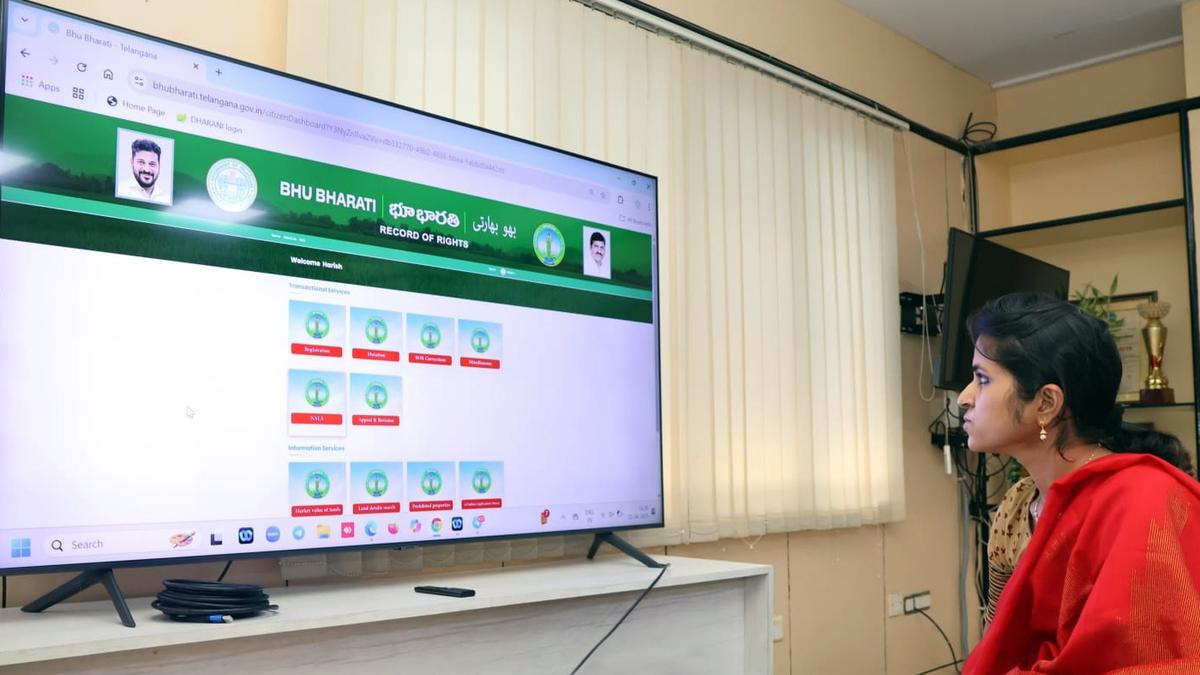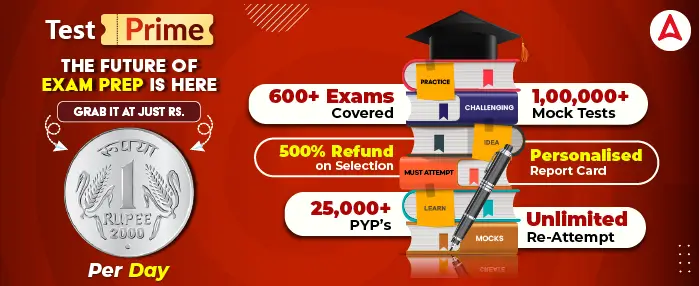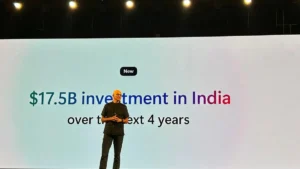The Government of Telangana has introduced a landmark reform in land governance through the Telangana Bhu Bharati (Record of Rights) Act, 2025. The Act seeks to correct the loopholes and address the widespread grievances that arose from the earlier Dharani portal system. By focusing on decentralisation and citizen participation, the Bhu Bharati Act is designed to create a more transparent, efficient, and inclusive land administration framework.
Background: Issues with the Dharani Portal
Introduced in 2020, the Dharani portal was envisioned as a one-stop solution for land transactions, integrating land records with online registration services. However, its implementation revealed several critical flaws, resulting in distress for thousands of landowners across the state.
- Discrepancies in records: Numerous landowners reported incorrect categorisation of agricultural and non-agricultural lands, missing survey numbers, and mismatched ownership data.
- Limited access to justice: The earlier system lacked a grassroots-level grievance mechanism, forcing many to approach the civil courts, which led to long delays and increased legal costs.
- Centralised grievance system: A highly centralised grievance redressal setup meant that people in remote or rural areas found it difficult to get timely resolutions, leading to dissatisfaction and protests.
Objectives of the Bhu Bharati Act
The Bhu Bharati Act, 2025, is a direct response to the public outcry against the Dharani system. It seeks to:
- Decentralise the grievance redressal process, making it more accessible and citizen-friendly.
- Facilitate the rectification of land record errors and ensure accurate documentation of ownership and land classification.
- Establish a robust legal and administrative framework for smoother land transactions and fewer disputes.
- Introduce cost-free services to remove financial barriers for farmers and rural landholders.
This Act was shaped through extensive consultations with farmers, civil society groups, and legal experts, marking a shift towards a participatory policy-making approach.
Salient Features of the Bhu Bharati Act
1. Error Rectification in Land Records
The Act allows for the correction of factual inaccuracies in land records such as wrong ownership entries, mismatched survey numbers, and erroneous land categorisation. These corrections are now handled at the mandal and district levels, providing faster and more localised solutions.
2. Mandatory Survey and Mapping
Prior to any land registration or mutation, the Act mandates the conduct of comprehensive surveys and digital mapping. This measure aims to eliminate ambiguities in land boundaries and reduce future litigation.
3. Regularisation of Sada Bainamas
The Act includes provisions for the regularisation of sada bainamas (unregistered sale agreements), based on ground-level realities. This helps thousands of people who have informal or traditional claims over land to gain legal ownership rights.
4. Timely Mutation of Hereditary Properties
To streamline inheritance processes, the Bhu Bharati Act ensures automatic and timely mutation of hereditary landholdings without unnecessary paperwork or delays.
Two-Tier Grievance Redressal System
One of the most progressive provisions of the Bhu Bharati Act is its two-tier grievance redressal mechanism:
- First Tier: Citizens can file complaints with the Revenue Divisional Officer (RDO) within one year of the Act’s implementation.
- Second Tier: If grievances remain unresolved, they can be escalated to the District Collector for review and resolution.
This system replaces the court-centric model and offers a simpler, faster, and more affordable route to justice.
Cost-Free Redressal for Farmers
Under the earlier Dharani system, farmers had to pay service charges to lodge and escalate complaints. The Bhu Bharati Act eliminates all such costs, ensuring that economic hardship does not prevent landowners from exercising their rights.
This step is aimed at creating an inclusive system where justice is not limited by financial capability.
Pilot Implementation and Statewide Rollout
To ensure a smooth transition, the Bhu Bharati portal was launched on a pilot basis in four mandals. After analysing its effectiveness and performance, the Telangana government plans to expand the system across the state by June 2, coinciding with Telangana Formation Day.
The objective is to prevent new complaints, digitise land records, and ensure efficient land transactions through a citizen-friendly platform.
Framing of Rules and Regulations
Alongside the Act, the Telangana government has also issued comprehensive rules and regulations that govern:
- The maintenance of updated land records
- The procedure for dispute resolution
- Transparent and legal land transactions
This proactive approach is designed to fill the gaps left by the Dharani system and build a strong, transparent, and accountable land governance model.



 Chhattisgarh Gets Its First Ramsar Site:...
Chhattisgarh Gets Its First Ramsar Site:...
 Maharashtra Ends the Century-Old Pagdi S...
Maharashtra Ends the Century-Old Pagdi S...
 Maharashtra Govt Partners with Microsoft...
Maharashtra Govt Partners with Microsoft...







